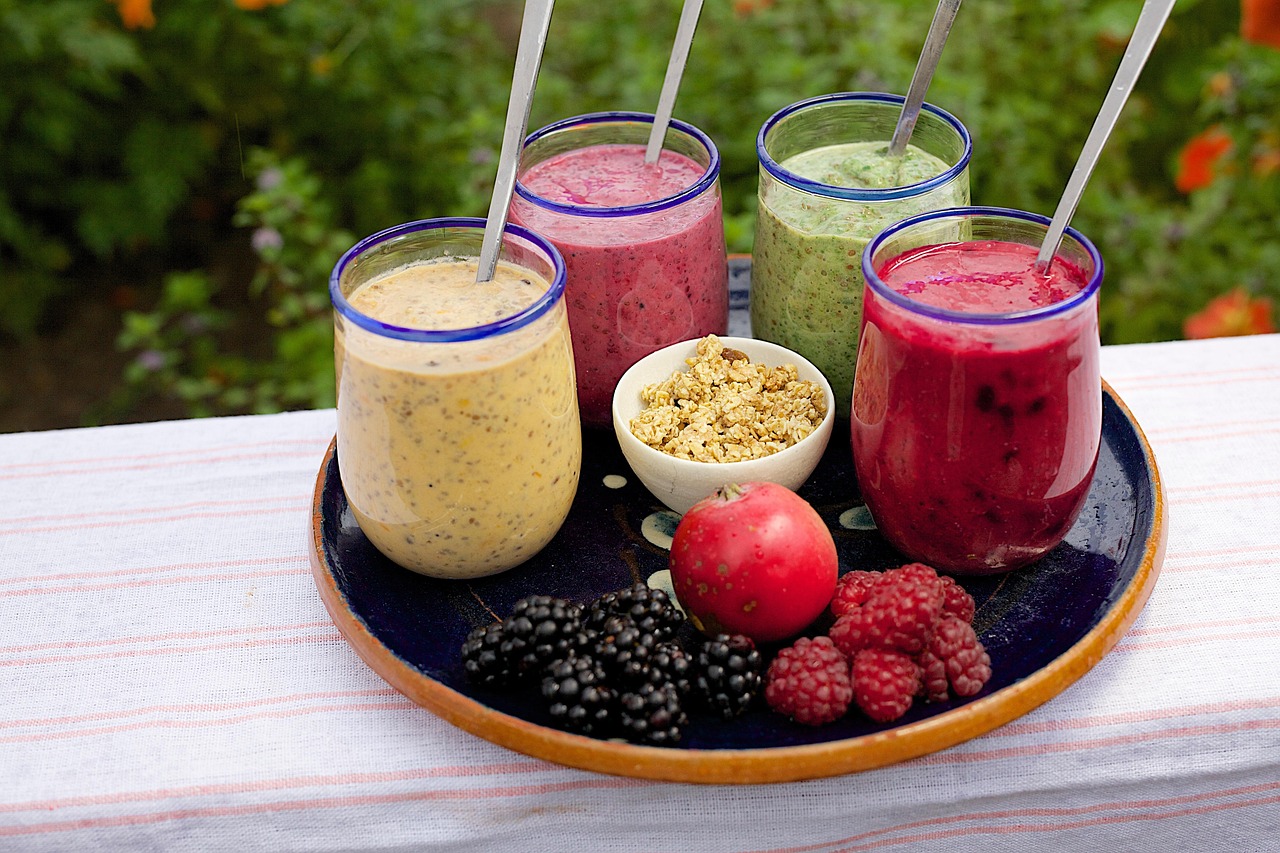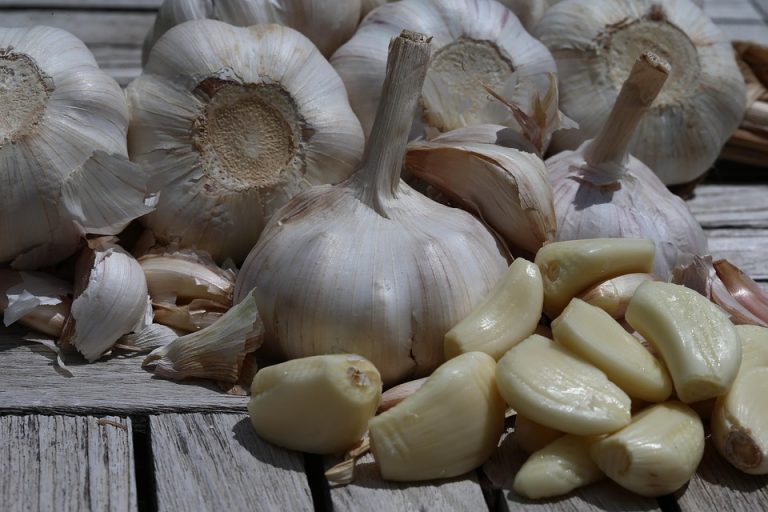Belly fat burning smoothies are delicious, nutrient-dense drinks that combine metabolism-supporting ingredients, fiber, and protein to help shrink abdominal fat and keep you full. You want results that taste good and fit into a busy life. That’s exactly what these blends deliver—real food, smart science, and zero nonsense.
These smoothies matter because belly fat isn’t just about looks. Excess abdominal fat is linked to inflammation and higher risk for metabolic conditions. Trusted sources like Harvard and the Mayo Clinic discuss how diet quality, fiber, and protein influence belly fat and overall health, so choosing the right ingredients matters. Below I give you seven recipes, how they work, and practical tips so you can start seeing and feeling the difference.
Contents
- 7 Belly Fat Burning Smoothies To Try Today
- Why These Blends Work
- How To Use These Smoothies
- Top Tips Before You Blend
- 1. Green Matcha Fat-Fighter
- 2. Berry Cinnamon Metabolic Boost
- 3. Tropical Protein Stabilizer
- 4. Avocado Green Cream For Fullness
- 5. Coffee Cinnamon Wake-Up Shake
- 6. Citrus Ginger Metabolism Cleanser
- 7. Chocolate Berry Night-Time Repair
- Common Mistakes To Avoid
- Practical Pairings And Timing
- The Bottom Line
- FAQ
7 Belly Fat Burning Smoothies To Try Today
Start with a reliable blueprint: each recipe here balances protein, fiber, healthy fats, and a low glycemic load. That combo controls hunger, steadies blood sugar, and nudges your metabolism in the right direction. I wrote these for real life—quick, portable, and forgiving.
Why These Blends Work
Every smoothie below uses ingredients shown in research to support weight control: leafy greens, berries, Greek yogurt or protein powder, seeds, and spices. For example, studies on green tea compounds and on soluble fiber show real effects on fat oxidation and waist circumference, and you can find that expertise easily at university nutrition departments and clinical sites.
These blends won’t replace structured exercise or sleep, but they amplify good habits. When you swap a sugary snack or empty-carb breakfast for one of these, you reduce insulin spikes and feed your body nutrients that promote fat-burning, not fat-storage.
How To Use These Smoothies
Use a smoothie as a meal replacement or a smart snack. Aim for 300–450 calories when you want a full meal and 150–250 calories for a snack. Always pair a smoothie with a bit of movement during the day and focus on whole-food lunch or dinner choices.
Consistency beats perfection. Drink one of these blends 3–5 times a week and watch your energy and cravings change.
Top Tips Before You Blend
- Use unsweetened milk alternatives or water to control sugar.
- Add protein (Greek yogurt, cottage cheese, or protein powder).
- Boost fiber with flaxseed, chia, or oats.
- Favor whole fruit over juice to keep fiber intact.
- Avoid honey or added sugars unless you really need the calories.
Now let’s blend.
1. Green Matcha Fat-Fighter
This smoothie uses matcha for gentle caffeine and antioxidants, spinach for fiber, and protein to keep you full.
Ingredients:
- 1 cup unsweetened almond milk
- 1 cup spinach leaves
- 1/2 frozen banana
- 1 tsp matcha powder
- 1 scoop vanilla protein powder
- 1 tbsp chia seeds
Why it helps: Matcha boosts fat oxidation and caffeine helps short-term metabolic rate. Spinach adds volume and fiber, while chia offers omega-3s and gel-forming fiber to curb appetite.
2. Berry Cinnamon Metabolic Boost
Bright, tart berries and cinnamon make this a metabolism-friendly powerhouse.
Ingredients:
- 1 cup mixed berries (frozen)
- 1/2 cup plain Greek yogurt
- 1 tbsp almond butter
- 1/2 tsp cinnamon
- 1/2 cup cold water
Why it helps: Berries are low on the glycemic index and high in antioxidants. Cinnamon helps moderate blood sugar response, and Greek yogurt supplies casein and probiotics for gut and metabolic support.
3. Tropical Protein Stabilizer
A taste-of-vacation smoothie that stabilizes blood sugar with protein and fiber.
Ingredients:
- 1/2 cup pineapple
- 1/2 cup mango
- 1/2 cup plain kefir or Greek yogurt
- 1 tbsp ground flaxseed
- 1 cup unsweetened coconut water
Why it helps: Kefir provides protein and probiotics; pineapple gives sweetness without added sugar bombs when balanced with protein and fiber. Flaxseed adds lignans and soluble fiber that slow digestion.
4. Avocado Green Cream For Fullness
Creamy, satisfying, and built to hold you between meals.
Ingredients:
- 1/2 ripe avocado
- 1 cup kale or spinach
- 1/2 green apple
- 1 tbsp hemp seeds
- 1 cup unsweetened soy milk
- Squeeze of lemon
Why it helps: Avocado supplies monounsaturated fats which support satiety. Leafy greens bring fiber and micronutrients that help reduce inflammation linked to belly fat.
5. Coffee Cinnamon Wake-Up Shake
An energizing morning option that replaces a pastry and coffee with something smarter.
Ingredients:
- 1 shot cold brew or 1/2 cup brewed coffee, cooled
- 1/2 frozen banana
- 1 scoop chocolate protein powder
- 1 tsp cinnamon
- 1 cup unsweetened almond milk
Why it helps: Caffeine supports short-term fat oxidation. Use this instead of a sugary latte to get protein and keep insulin steady.
6. Citrus Ginger Metabolism Cleanser
A zesty blend that calms inflammation and supports digestion.
Ingredients:
- Juice of 1 orange (or 1/2 cup orange segments)
- 1/2 cup plain Greek yogurt
- 1 small carrot
- 1/2 inch fresh ginger
- 1 tbsp ground flaxseed
- 1/2 cup water
Why it helps: Ginger can ease digestion and has anti-inflammatory properties. Citrus adds vitamin C and a flavor lift without heavy sugars when portioned well.
7. Chocolate Berry Night-Time Repair
A gentle, protein-forward evening smoothie that won’t spike blood sugar.
Ingredients:
- 1 cup unsweetened almond milk
- 1/2 cup frozen mixed berries
- 1 scoop casein or slow-release protein
- 1 tbsp cocoa powder
- 1 tsp almond butter
Why it helps: Slow-digesting protein supports muscle repair and overnight metabolism. Cocoa provides flavanols that are linked with metabolic benefits when consumed in whole-food forms.
Common Mistakes To Avoid
- Don’t load your smoothies with fruit juices or flavored yogurts—they add sugar, not satiety.
- Avoid making smoothies too large; oversized servings mean extra calories.
- Don’t skip protein. Smoothies without protein act like sugary drinks and won’t curb hunger.
- Beware of “detox” claims—real change depends on consistent dietary patterns, not a single drink.
Practical Pairings And Timing
Pair a morning smoothie with a handful of nuts for extra staying power, or have one as a pre- or post-workout snack. If you drink a smoothie for dinner, keep portions modest and focus on protein and greens to avoid overnight blood sugar swings.
The Bottom Line
You can use belly fat burning smoothies as a smart tool to change habits, not as a magic cure. Blend the right balance of protein, fiber, healthy fats, and low-glycemic fruits and you will feel fuller, reduce cravings, and support a metabolic environment less favorable to belly fat. Keep it consistent, pair smoothies with movement and sleep, and let real ingredients do the work.
Be bold about swapping one sugary habit for a nourishing smoothie. Small, daily choices shape how your clothes fit and how energized you feel.
Frequently Asked Questions
FAQ
Do Smoothies Actually Burn Belly Fat?
Smoothies themselves aren’t a fat-burning potion, but recipes that prioritize protein, fiber, and healthy fats can help lower overall calorie intake and reduce insulin spikes—factors linked to reduced abdominal fat. Peer-reviewed nutrition research and expert guidance from clinical centers back this approach, showing that dietary quality influences belly fat over time.
How Often Should I Drink These Smoothies?
Aim for 3–5 times a week as part of a balanced eating plan. Using them as a meal replacement a few times per week is effective, especially if they replace processed breakfast or snack options.
Can I Customize The Recipes If I’m Vegan Or Dairy-Free?
Absolutely. Swap Greek yogurt for unsweetened soy or pea-protein yogurt and choose plant-based protein powders. Just keep protein and fiber levels similar to maintain satiety and blood sugar control.
Will These Smoothies Replace Exercise Or Sleep?
No. Smoothies are a tool—not a replacement. Exercise and quality sleep are core to reducing belly fat and improving metabolic health. Think of smoothies as part of a whole lifestyle approach.
References
The National Institutes of Health provides extensive research on dietary fiber and weight management (http://www.nih.gov).
Harvard T.H. Chan School of Public Health explains the role of sugar and refined carbs in belly fat (http://www.hsph.harvard.edu).
The Mayo Clinic outlines the health risks associated with abdominal fat and strategies to reduce it (http://www.mayoclinic.org).








